Science & Engineering Libraries
Data Practices and Publishing Workshop Series
On Tuesday, September 5th and Tuesday, September 12th, the Kresge Engineering Library and Research Data Management will be holding a series of two data management workshops designed for researchers who are in the midst navigating the research data lifecycle.

https://www.jisc.ac.uk/guides/research-data-management
During the first workshop, Efficient Research Data Practices, we’ll tear apart the above cycle and identify where each attendee currently falls in the data lifecycle. We’ll address pitfalls, tips, and tools for each step of the process that includes creating data management plans; setting up secure storage for the active data management phase; and how to prepare your data for publication while adhering to publisher and funder requirements.
The second workshop, Data Sharing: Publishing and Archiving, will take a deep dive into metadata creation and preparing data for publication and archiving. We’ll discuss why data publication is so important and we’ll identify individual publisher requirements for datasets. Daniella Lowenberg, formerly a publication manager for PLoS, and now the Research Data Specialist for the California Digital Library will be joining us.
Please register for the workshops by clicking on the below links and we look forward to seeing you!
Efficient Research Data Practices: September 5, 4:00 – 5:00, Kresge Engineering Library – 110MD Bechtel Engineering Center
Data Sharing: Publishing and Archiving: September 12, 4:00 – 5:00, Kresge Engineering Library – 110MD Bechtel Engineering Center
Advanced PubMed workshop

Want to make your searches for biomedical information more effective and efficient? The Library’s Life and Health Sciences Division is holding a hands-on workshop on advanced features of PubMed, including:
- How to use filters to focus search results on specific article types, publication dates and more
- How to add field tags to find articles by author, title, journal, and other criteria
- How Medical Subject Headings (MeSH) can help you find additional relevant information
- How to use My NCBI to save searches, set up alerts, and display results in your preferred format
- How PubMed links to information in other NCBI resources
Location: Bioscience Library Training Room, 2101 VLSB
Date: Tuesday, September 5, repeated Wednesday, September 6
Time: 12 – 1 pm
No pre-registration is required; all are welcome.
Questions? Please contact Elliott Smith at esmith@library.berkeley.edu
For additional workshops on NCBI bioinformatics tools, citation managers, searching Scopus, writing and collaboration tools, data visualization, productivity tools and techniques, and other topics, please see the Science Libraries Events Calendar.
NCBI bioinformatics tools: An introduction
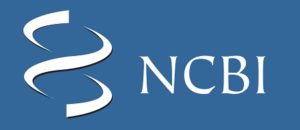
A hands-on workshop introducing NCBI bioinformatics tools such as PubMed, Gene, Protein, Nucleotide, and BLAST:
- Starting with a disease, syndrome, or process, identify the genes/proteins involved
- Starting with an organism and a protein, find the protein sequence and gene coding region
- Starting with a sequence, identify the gene/protein and source
The workshop will cover selecting the proper tools for your question, navigating through the interlinked NCBI databases, and saving your results. It will be offered twice:
- Dates: Tuesday August 29 (add to bCal) and Wednesday August 30 (add to bCal)
- Time: 12 – 1 pm
- Location: Bioscience Library Training Room, 2101 VLSB
Open to all interested students and researchers; no registration is required.
Questions? Contact esmith@library.berkeley.edu
For additional workshops on citation managers, searching PubMed and Scopus, writing and collaboration tools, data visualization, productivity tools and techniques, and other topics, please see the Science Libraries Events Calendar.
5 things you didn’t know about solar eclipses
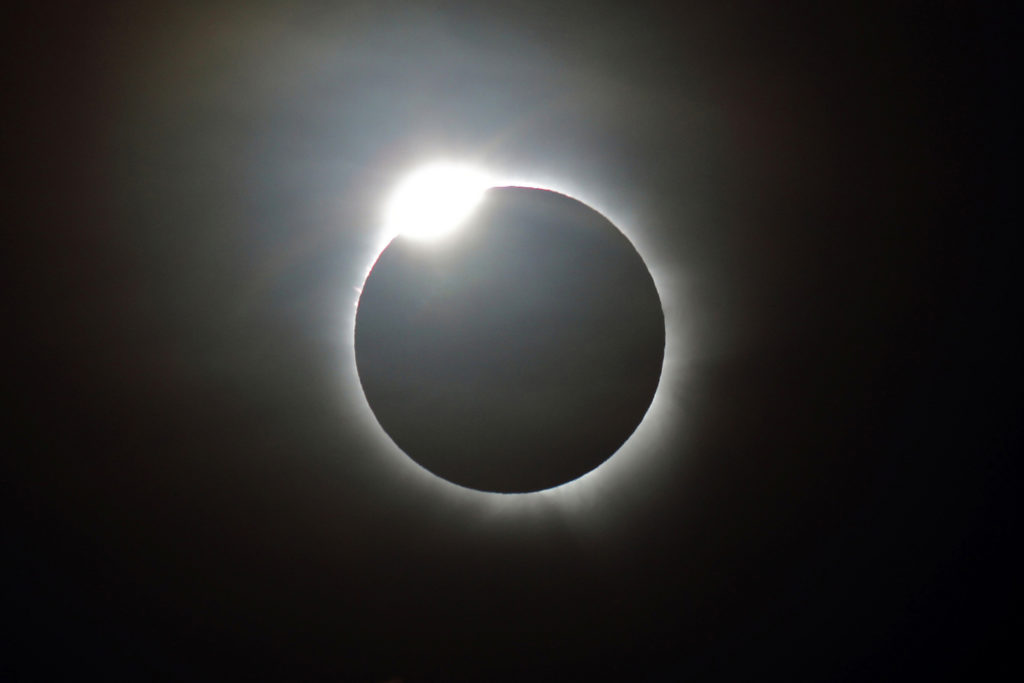
It’s bird! It’s a plane! It’s — an eclipse?
On Monday, the moon will completely cover the sun and cast a shadow across the country, marking the first total solar eclipse visible in the United States since Feb. 26, 1979 — and the first one whose path has traveled from one American coast to the next in 99 years.
Although the forthcoming solar spectacle will be fully visible only from a 70-mile-wide, 3,000-mile-long band — “the path of totality” — which stretches from Oregon to South Carolina, you won’t have to travel far to get your eclipse fix.
Earth and physical sciences librarian Sam Teplitzky, who recently chose the items for a Cal Day eclipse extravaganza in the Physics Library and a Maps and More pop-up event at the Earth Sciences Library, says she has noticed a surge in interest in the topic.
“We’ve had several patrons use the eclipse-related maps to help chart their own eclipse-chasing plans,” she says, “and the new books I purchased related to next week’s eclipse have been checked out all summer.”
Those who can’t make it to the path of totality to witness the full-on phenomenon in person can check out the eclipse-centric displays here on campus. One, on view until Oct. 1, is outside of the Earth Sciences & Map Library (open weekdays from 9 to 5 p.m.), in the lower level of the lobby of McCone Hall. The other, which will be up through the end of the month, is at the main reading room of the Physics-Astronomy Library (open weekdays from 1 to 5 p.m.).
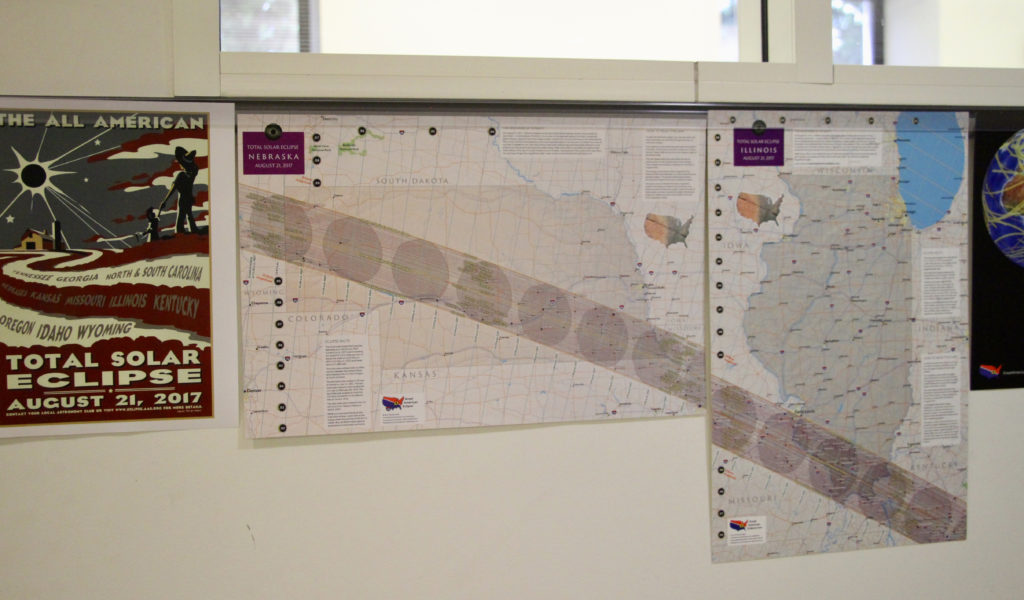
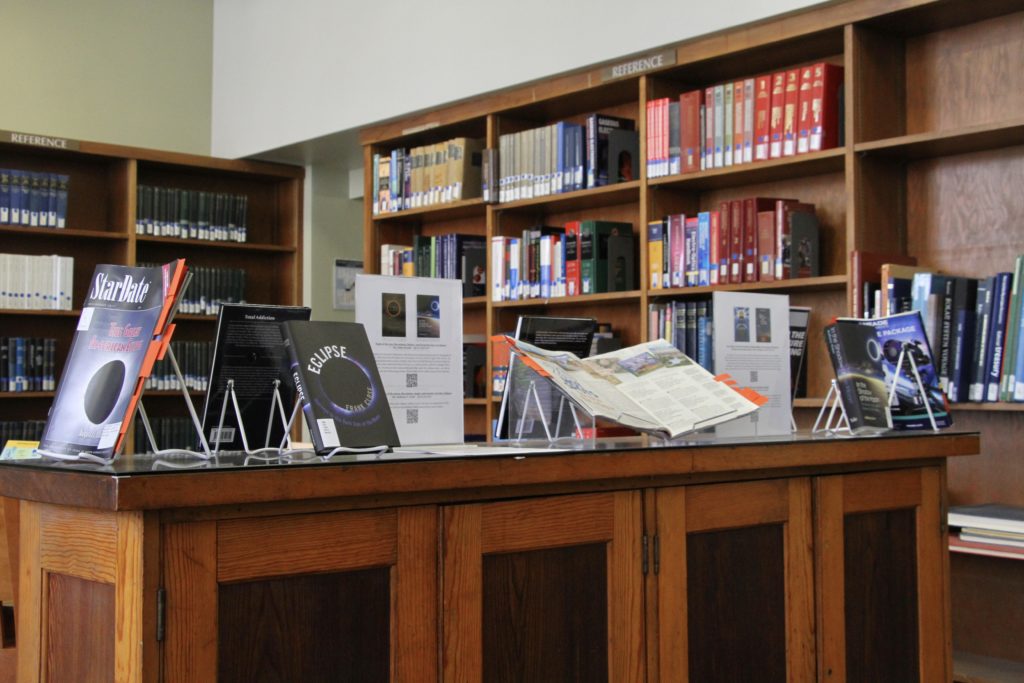
Bonita Dyess, circulation supervisor at the Earth Sciences & Map Library, was instrumental in putting together the eclipse displays.
“I hope people gain a different outlook on our science libraries from looking at our displays,” she says. “I also hope they gain a better understanding of what a total eclipse truly is and how rare this extraordinary event occurs, especially in the U.S.”
We pored over many of the eclipse-related offerings at the Library, full of little-known tidbits and fun facts. Here are just a few things we learned.
1. Eclipse chasing is old.
Heading to Oregon in time for the big event? You’re not alone. Many eclipse enthusiasts are making their way the path of totality — from Boiler Bay in Oregon to Charleston, South Carolina — for primo viewing. But eclipse chasing isn’t new: It is said to have started in 1715. In fact, that year, Sir Isaac Newton created diagrams of the eclipse in England for the public, according to “Total Solar Eclipses and How to Observe Them.”
Interested in the history of eclipse chasing? Rebecca Joslin’s “Chasing Eclipses: The Total Solar Eclipses of 1905, 1914, 1925” tackles the subject, and its beautiful imagery makes it one of librarian Teplitzky’s top eclipse-related picks at the Library.
2. Eclipses come with their own weather.
Like a neighborhood in San Francisco, eclipses are said to come with their own microclimates. Solar eclipses are associated with a drop in temperature — the moon is blocking the sun, after all. Tracking software, however, isn’t sophisticated enough to predict the the weather changes they trigger, according to “Total Solar Eclipses.”
But rapidly fluctuating weather? That’s something all of us in the Bay Area are used to.
3. According to legend, a dragon (or frog or vampire or werewolf or dog) ate the sun.
Eclipses have been explained throughout the years in legends and lore, which vary from culture to culture. The Chinese and Indonesians, for example, historically held that the eclipse is caused by a giant dragon eating the sun, accounting for its apparent disappearance. In fact, the Mandarin word for eclipse is “shi,” which means “eat.”
Eclipse myths involving creatures eating the sun are not uncommon, although the beast ingesting the planets can vary depending on the stories’ origins. In Bolivia, it was a huge dog; in Vietnam, a ginormous frog; a werewolf in Serbia; and a vampire in Siberia, according to the fascinating tome “Total Eclipses: Science, Observations, Myths and Legends.”
4. Eclipses have appeared in many books throughout history — including maybe the Bible.
Eclipses are featured in some of the most highly regarded works in history, including those by Shakespeare (“King Lear”) and Mark Twain (“A Connecticut Yankee in King Arthur’s Court”). Even one of the “Twilight” books is called “Eclipse.”
Most notably, though, is that the Scriptures may depict a solar eclipse. The Bible mentions three hours of darkness in the daytime during Jesus’ crucifixion, according to “Total Eclipses.” But whether this was a religious miracle or a normal (albeit rare) astronomical occurrence — or something else entirely — remains up for debate.
5. Someday, solar eclipses will no longer be visible.
The moon is drifting away from the Earth at a rate of 38 mm per year — which is the thickness of about five iPhones stacked on top of one another. Someday, the moon will appear so small in the sky, it will be unable to obscure the sun, according to “Total Solar Eclipses.”
But don’t worry, chasers — it won’t happen anytime soon.
How to see the eclipse
If you do want to see the eclipse but are stuck in the Bay Area on Monday, fear not: Although the region doesn’t lie on the path of totality, we can catch a glimpse of a partial (or about 75 percent) eclipse — that is, if Karl the Fog is cooperative.
Set your alarm to 10:15 a.m. — or a few minutes earlier, for some wiggle room — so you don’t miss it.
If you don’t end up seeing it in person, of course, there’s the Eclipse Megamovie Project, a crowdsourced venture spearheaded by UC Berkeley and Google, which pulls together volunteer-submitted images of the eclipse from across the country. So, like the sun come Monday, you’ll be covered.
Librarian Teplitzky says, if the weather allows, she’ll likely step outside to look at the eclipse — “with my eclipse glasses,” she adds, referring to the protective eyewear that filters out harmful rays.
You’ll want to nab a pair, even if you’re watching from the Bay Area. After all, you wouldn’t want to risk your eyesight for when the next total solar eclipse is visible in the United States — in 2024.
Sources: ABC Channel 7, American Astronomical Society, “Chasing Eclipses: The Total Solar Eclipses of 1905, 1914, 1925,” NASA, “Total Eclipses: Science, Observations, Myths and Legends”, “Total Solar Eclipses and How to Observe Them,” Washington Post
Fall Workshops in the Sciences Libraries – Drop in and Learn!
This fall there is once again a packed schedule of drop-in workshops in the Science and Engineering Libraries! Topics include Citation Management, Literature Searching, Geographic Information Systems (GIS), Data Management, Data Visualization, NCBI tools, LaTeX, and more. Please check the Science Libraries Events Calendar for times, dates, locations, and class descriptions.
Wiley Spectra Lab: Search the world’s largest NMR spectral collection
Do you need a fast, easy way to access spectra and identify an unknown compound?
Wiley Spectra Lab has acquired spectral data from Wiley, Wiley-VCH, Bio-Rad Sadtler and others to present the world’s largest collection of curated spectral data. Current licensing includes C-NMR, H-NMR and X-NMR spectroscopies.
You can search Wiley Spectra Lab in OskiCat or access it through the Chemistry and Chemical Engineering Library Guide under Properties and Data. Contact the Chemical Information Librarian, Kortney Rupp with any issues or questions.
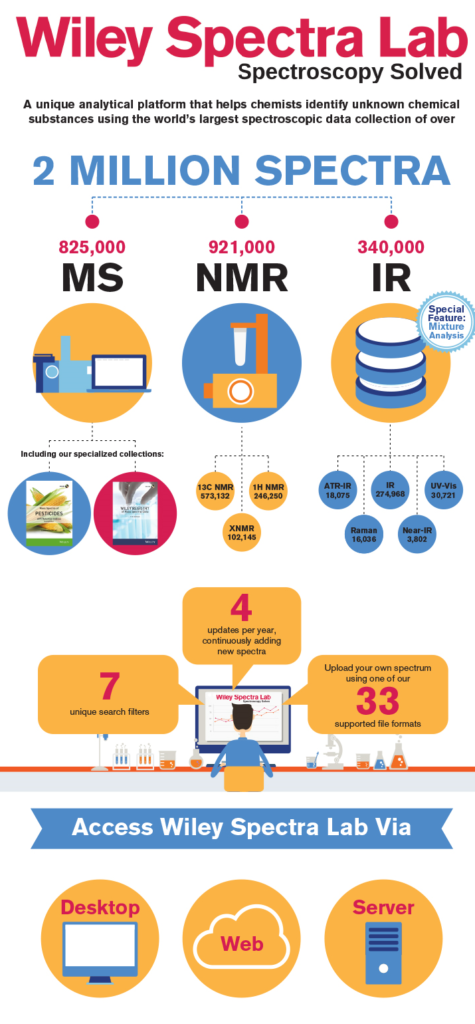
The eclipse, the Library, and you
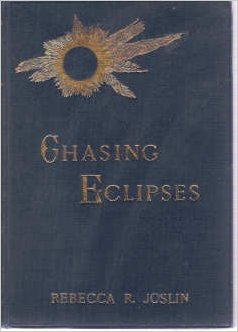
Whether you’re hopping in an Oregon-bound car to catch the total solar eclipse in Salem, boarding a plane for central Wyoming to watch the moon’s shadow pass over Casper, or just staying put to catch a partial view right here in the Bay Area, the library has tons of great information to help you enjoy this rare celestial event. Make sure to check out our Maps and More Guide about the eclipse (and solar eclipses in general). Read Chasing Eclipses (pictured above), a 1929 account of the total solar eclipses of 1905, 1914, and 1925. See this 1957 report from the Georgetown Observatory about eclipses by Vera Rubin (who, incidentally, helped make the case for the existence of dark matter, as described in this New York Times profile). And for a literary accounting of a total solar eclipse, find a copy of Annie Dillard’s Teaching a Stone to Talk and and (re)read her essay about her experience watching (and feeling) the sun disappear behind the moon in central Washington on February 26, 1979:
What you see in an eclipse is entirely different from what you know. It is especially different for those of us whose grasp of astronomy is so frail that, given a flashlight, a grapefruit, two oranges, and fifteen years, we still could not figure out which way to set the clocks for Daylight Saving Time. Usually it is a bit of a trick to keep your knowledge from blinding you. But during an eclipse it is easy. What you see is much more convincing than any wild-eyed theory you may know.
Overleaf and ShareLaTeX – Joining Forces!
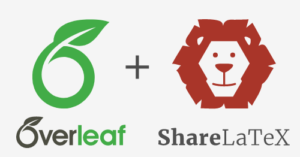
- WYSIWYG editor
- publisher relationships for streamlined submission process
- integration with Mendeley (which we also have an institutional subscription to!)
- track changes feature
- robust real-time collaborative editing environment
- syncing to Github (ask about UC-Berkeley’s instance!)
ASHRAE Standards and Guidelines: now online!
UC Berkeley researchers now have full online access to standards issued by the American Society of Heating, Refrigerating and Air Conditioning Engineers (ASHRAE). ASHRAE Standards and Guidelines are widely used by researchers and professionals in the design and maintenance of indoor environments and those interested in refrigeration processes. Access is provided through the Techstreet Enterprise platform and requires the proxy or VPN from off-campus.
In addition to the Standards and Guidelines, ASHRAE also publishes a series of Transactions and Handbooks. Interested in other ASHRAE publications? Check OskiCat for access or contact a librarian for help!
GitHub: Archiving and Repositories
Github has become ubiquitous in the coding world and, with the advent of data science and computation in a slew of other disciplines, researchers are turning to the version control repository and hosting service. Google uses it, Microsoft uses it, and it’s on the list of the top 100 most popular sites on Earth. As a librarian and a member of the Research Data Management team, I often get the question: “Can I archive my code in my Github repository?” From the research data management perspective, the answer is a little sticky.
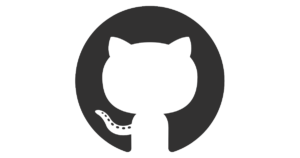
The terms “archive” and “repository” from GitHub mean something very different than their definitions from a research data management perspective. For example, in GitHub, a repository “contains all of the project files…and stores each file’s revision history.” Archiving content on GitHub means that your repository will stay on GiHub until you choose to remove it (or if GitHub receives a DMCA takedown notice, or if it violates their guidelines or terms of service).
For librarians, research data managers, and many funders and publishers, archiving content in a repository requires more stringent requirements. For example, Dryad, a commonly known repository, requires those who wish to remove content to go through a lengthy process proving that work has been infringed, or is not in compliance of the law (read more about removing content from Dryad here). Most importantly, Dryad (and many other repositories) take specific steps to preserve the research materials. For example:
* persistent identification
* fixity checks
* versioning
* multiple copies are kept in a variety of storage sites
A good repository provides persistent access to materials, enables discovery, and does not guarantee, but takes multiple steps to prevent data loss.
So, how can you continue to work efficiently through GitHub and adhere to good archival practices? GitHub links up with Zenodo, a repository based out of CERN. Data files are stored at CERN with another site in Budapest. All data is backed-up on a daily basis with regular fixity and authenticity checks. Zenodo assigns a digital object identifier to your code, making it persistently identifiable and discoverable. Check out this guide on Making Your Code Citable for more information on linking your GitHub with Zenodo. Zenodo isn’t perfect and there are a few limitations, including a max file size of 50 GB. Read more about their policies here.
UC-Berkeley has its own institutional version of GitHub, which means that Berkeley development teams and individual contributors can now have private repositories (and private, shared repositories within the Berkeley domain). If you’d like access, please email github@berkeley.edu. Additionally, we have institutional subscriptions to Overleaf and ShareLaTeX, both of which integrate with GitHub.
Please contact researchdata@berkeley.edu if you’d like more information about archiving your code on GitHub.